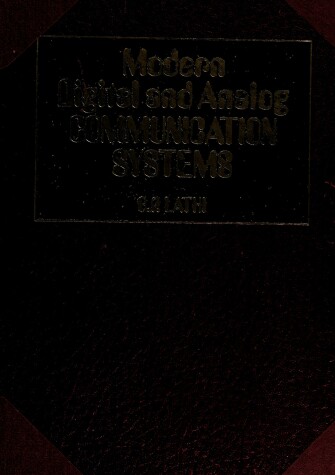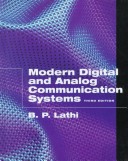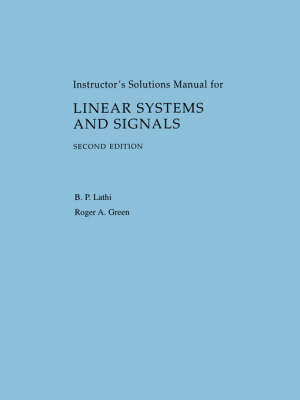The Oxford Series in Electrical and Computer Engineering
3 total works
With exceptionally clear writing, Lathi takes students step by step through a history of communications systems from elementary signal analysis to advanced concepts in communications theory. The first four chapters of the text present basic principles, subsequent chapters offer ample material for flexibility in course content and level. All Topics are covered in detail, including a thorough treatment of frequency modulation and phase modulation. Numerous worked examples in each chapter and over 300 end-of-chapter problems and numerous illustrations and figures support the content.
Solutions Manual for "Modern Digital and Analog Communication Systems" Third Edition
by B. P. Lathi
Published 11 November 1999
This text presents a complete and modern treatment of communication systems. It begins by introducing students to the basics of communication systems without using probabilistic theory. Only after a solid knowledge base - an understanding of how communication systems work - has been built are concepts requiring probability theory covered. This third edition has been thoroughly updated and revised to include expanded coverage of digital communications. New topics discussed include spread-spectrum systems, cellular communication systems, global positioning systems (GPS), and an entire chapter on emerging digital technologies (such as SONET, ISDN, BISDN, ATM, and video compression). clearly, using prose as well as mathematics. The author makes every effort to give intuitive insights - rather than just proofs - as well as heuristic explanations of theoretical results wherever possible.
This supplement contains solutions to all end-of-chapter problems plus MATLAB problems.


